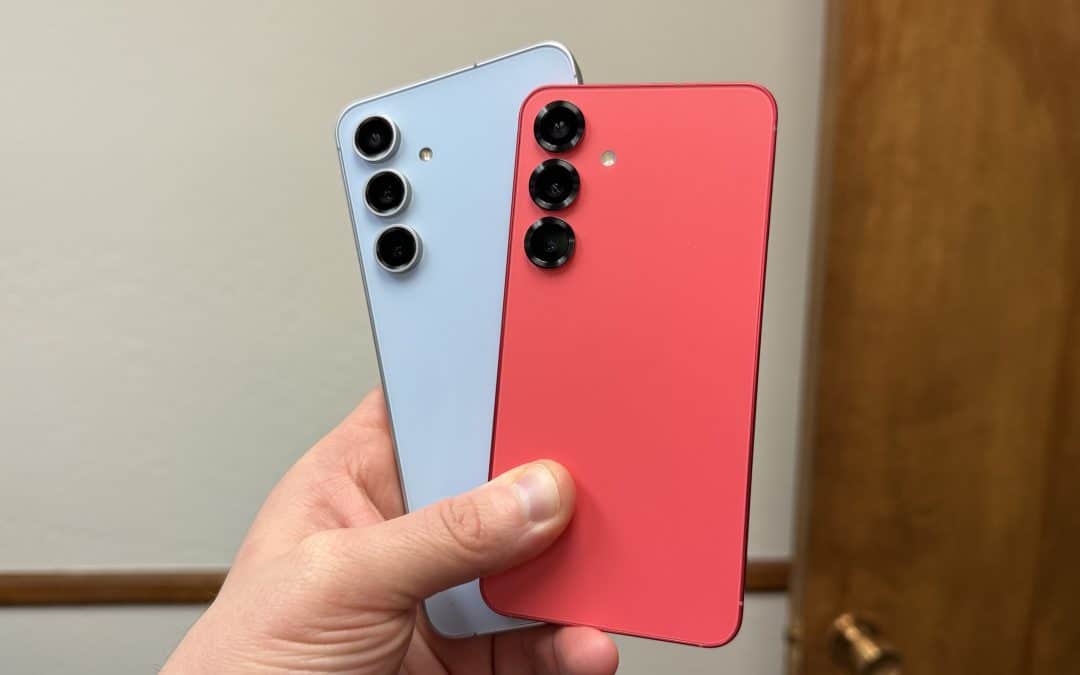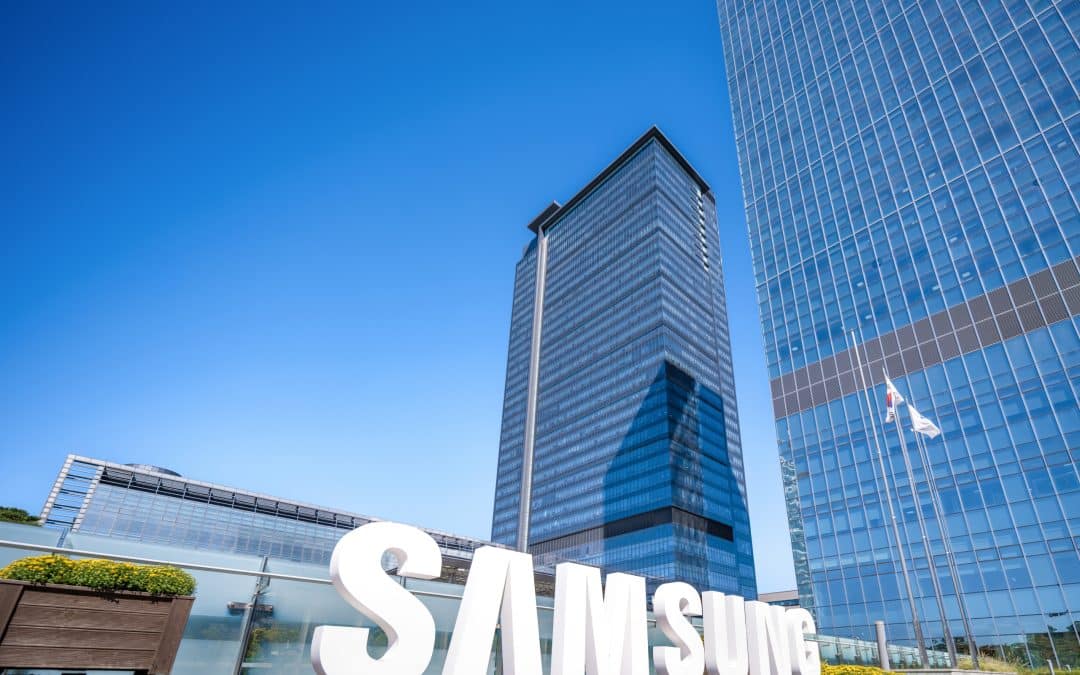Samsung’s 5nm EUV FinFET technology offers unprecedented ADAS (advanced driver assistance systems) and vision processor performance to automotive applications. The company will reportedly install its 5nm chips for ADAS in Hyundai Motor Company’s luxury vehicle sub-brand, Genesis. However, due to a delay in obtaining the pass certificate from the Automotive Electronics Council (AEC), which typically takes five years, Samsung has scheduled mass production for 2030.
Hyundai chooses Samsung Foundry over TSMC for cost competitiveness
Hyundai chose Samsung Foundry for its ADAS mainly because making chips with Samsung costs much less than with TSMC, the industry leader. “If Hyundai uses TSMC, the price of the vehicle will rise too much,” and “Hyundai has no choice but to use Samsung Electronics to maintain the price line,” an industry insider familiar with the matter explained (via Korean outlet viva100).
Furthermore, Samsung’s expanding automotive chip portfolio is also seen as a key factor in Hyundai’s decision. Samsung Foundry has secured orders from autonomous driving chip makers like Tesla and Ambarella. Samsung recently unveiled its first Ultra-Wideband chip for cars, the Exynos Auto UA100, and has begun mass production at Samsung Foundry.
However, there is a problem — Even though Hyundai chose Samsung, it has yet to select a company to design the chips. Without a design, Samsung cannot begin production of its 5nm chips for ADAS. “Hyundai Motor Company’s management has been rejecting the design house’s proposal for about a year, and time is just passing by,” a semiconductor industry insider said. “We are submitting proposals about twice a month.”
There is speculation that Samsung might design the chip for Hyundai’s ADAS itself. Usually, TSMC and Samsung offer direct design services service only to their major customers. However, the Korean firm’s foundry division has been struggling lately, so it might not mind designing the chip for Hyundai. Samsung’s foundry market share declined sharply in the fourth quarter (Q4) of 2024, though it remains the second-largest foundry in the world.






